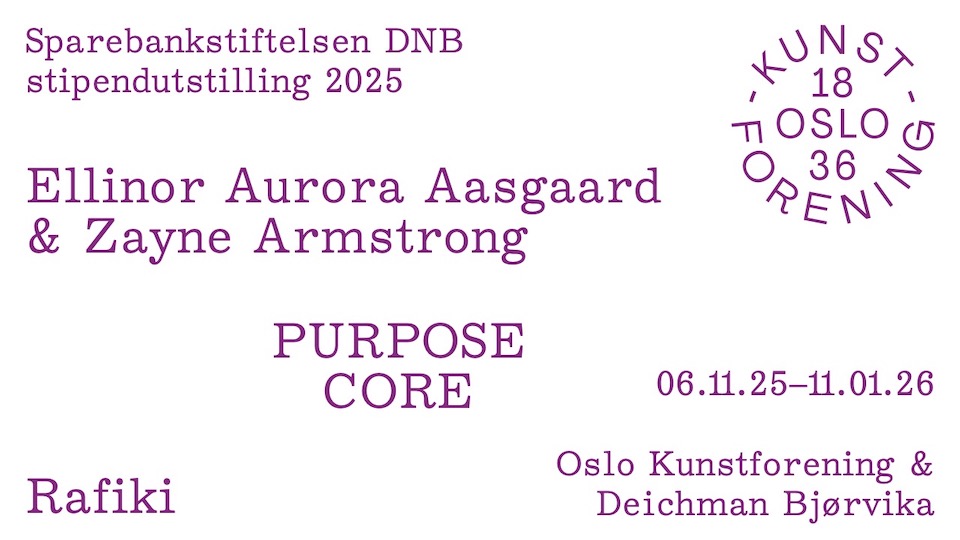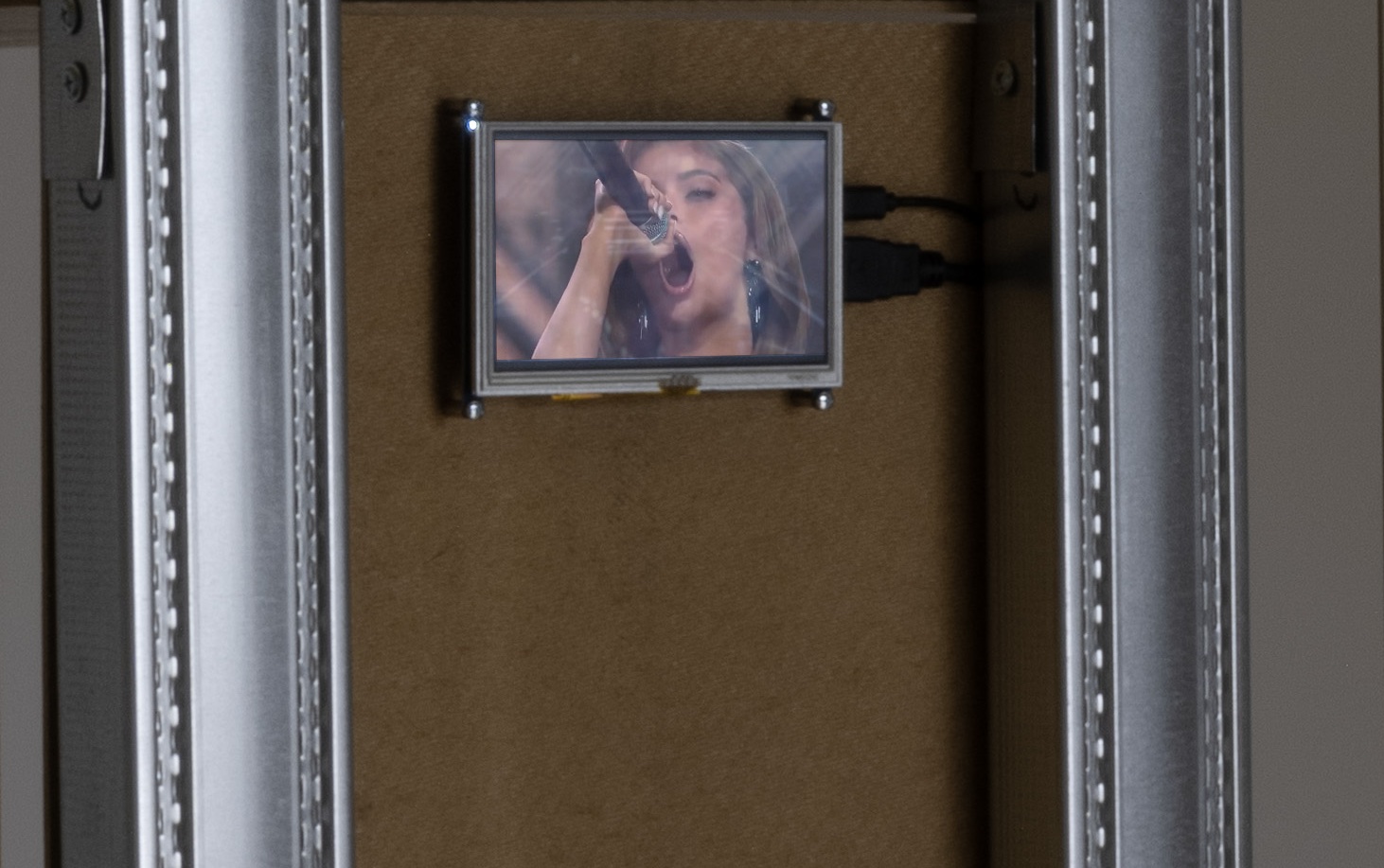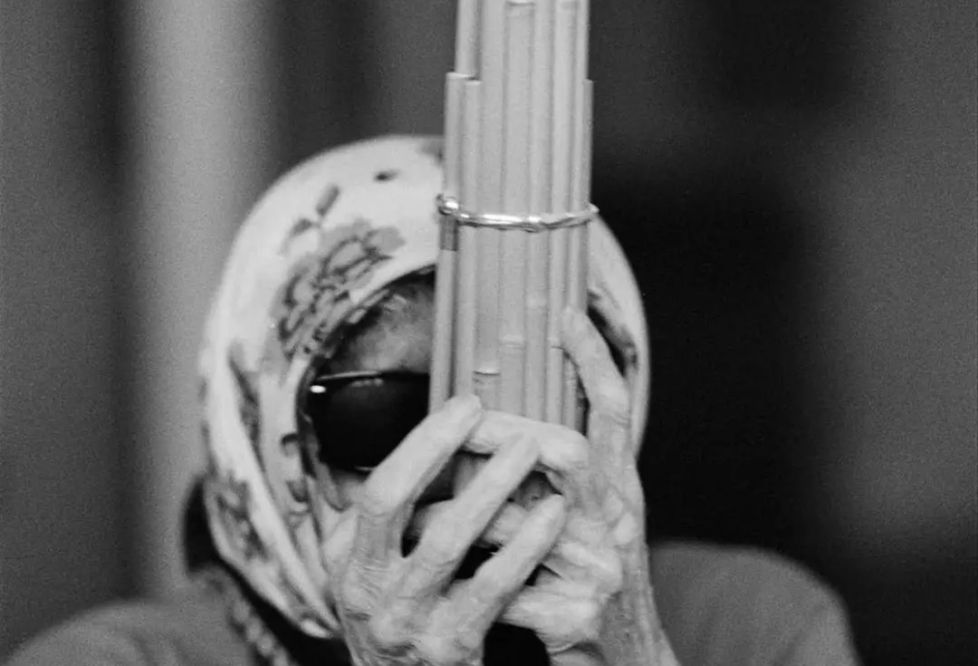
I must admit that I had my reservations regarding the exhibition Ever Ephemeral: Remembering and Forgetting the Archive, curated by Julie Ault and presented in Signal’s new rooms in connection with Ault’s doctoral thesis from the Konsthögskolan in Malmö and Lund University. The archive as a concept has long been a much-debated topic within contemporary art, where it has often given rise to a number of pseudo-scientific exhibition practices where “research” as well as “art” take on more or less caricatured aspects. Ault, however, is not just any artist – and, indeed, not just any scholar – and perhaps her approach to art and society is peculiarly well-suited to a round of “artistic research” on the Archive.
Ault is best known for her long participation in Group Material, an activist artists’ collective with roots in 1970s DIY culture, Marxist theory, civil rights movements, etc., on which she has written and lectured since the group’s dissolution in 1996. In one of the many sheets Ault has written for the exhibition she states that: “When the group ceased its activities I was intent on preserving its ephemerality and not becoming history.” That is why Group Material serves as a case study in her doctoral thesis, Remembering and Forgetting in the Archive: Instituting «Group Material» (1979–1996), which establishes a publicly accessible archive of collected materials (flyers, minutes from meetings, etc.). The thesis also investigates the logic of the archive and studies the consequences inherent in setting up such an archive. Overall, the Malmö exhibition – which takes place at Signal and at the Inter Arts Center a few streets away – can be regarded as a manifestation of this self-reflective work.


The legendary status of Group Material is particularly due to Félix González-Torres, who joined Group Material in 1987 and whose spirit hovers above the exhibition. This is most clearly evident at Signal, where the exhibition is also at its most vibrant and the concept is clearest. The main reason for this is the twelve remarkable clocks on the walls. Most of the clocks, which were all designed by George Nelson in the 1940s and 1950s, are working, although they seem to follow slightly different times. A few of them have stopped. Together, they constitute the central work at the exhibition; this in spite of the fact that they are not really a work of art, but a collection of clocks that belonged to González-Torres and which was, upon his death, distributed among his close friends by Ault and his gallerist Andrea Rosen, who were in charge of the estate. On the occasion of this exhibition the clocks have been reunited for the first time since González-Torres’ death. The question of why Ault and Rosen chose to split up the clocks, but to keep e.g. his books together in the González-Torres archive, is discussed in a small publication that is also part of the exhibition and freely available. Among other subjects, their conversation addresses which of González-Torres’ possessions should and should not be archived if one wishes to take his mindset seriously and pursue the strategy of ephemerality that applied to most of his projects. Which of his relics truly hold the most of the artist’s essence? On the one hand a book bearing his hand-written notes in its margins may contain “more of Félix” than a wall clock that he has simply bought. On the other hand, the clock may – by virtue of its function, i.e. to measure out time and life – be the one object from his estate that comes closest to the heart of González-Torres’ work. Just think of the pile of candy gradually vanishing, or of Untitled (Perfect Lovers) (1987-1991), featuring two identical wall clocks that have been synchronized to show exactly the same time, yet with the caveat that they will gradually come to show different times due to the different life-spans of their batteries. Indeed, the significance of these clocks – to González-Torres’ concept of art, to the archive of his works, and to the close friends who inherited them – offers a subtle and sophisticated illustration of how Ault grapples with the archive as a concept. This deliberately subjective approach to the archive and to history is presented in various ways in the exhibition.
At the Inter Arts Center visitors were met by, among other things, a video interview with Ault in which she describes the group’s genesis and where the interviewer’s questions include queries into Group Material’s “archival impulse” (!) The Inter Arts Center also featured Rasmus Röhling’s video installation Self-Titled (2008), which consists of the artist’s own, somewhat convoluted lesson on the deconstructive decoding of art (also featuring a clip with Paul de Man where he begins the interview by deconstructing the interview situation itself). In these cases the depiction of the self-reflective process involving the archive, and the relationship to memory and history writing, becomes rather too introspective, bordering on the self-indulgent.

In other cases, however, you can almost get a rush out of tracing how the same self-reflecting approach can cause the story of the distinctive collective spirit typical of Group Material to appear so vibrant and open that it almost seems as if the group never stopped existing – and as if Danh Vo’s contribution to the exhibition inscribes him as Group Material’s new and youngest member! Vo’s Death Sentence (2009) is a kind of frieze comprising 67 sheets of beautiful handwriting (executed by the artist’s father, Phung Vo). The text reproduces a catalogue text that Ault created for a previous solo exhibition by Vo; it comprises a range of text excerpts (by J.G. Ballard, geologist John McPhee, and others) selected by Ault – not unlike, in fact, a kind of portrait of Julie Ault that was created by González-Torres and which is likewise featured at the Inter Arts Center. Untitled (Portrait of Julie Ault) (1991) is also a kind of frieze that lists a number of different years followed by the names of events or people that represent important moments from Ault’s life (Group Material 1979, Félix 1987, Alexis de Tocqueville 1992, etc.); for this occasion this list has also been hand-crafted by Phung Vo. One could keep on describing most of the contributions to the exhibition in this manner; the majority of them are linked to a personal relationship with Ault (prompting us to once again consider whether personal relationships do not, in fact, create some of the best group exhibitions of all) or have been filtered (or infiltrated, as it were) through Group Material or González-Torres.
All this might have been a somewhat flat and uninspiring affair were it not for the fact that the exhibition is so carefully crafted and curated with filigree-like attention and dedication by Ault. Research is linked to “empirical material” – ranging from regular works of art to a collection of vintage clocks to a copy of Time Magazine from November 3, 1986 (supposedly to remind us of one of Group Material’s best-known projects, AIDS Timeline (1989-1990)) – so that it addresses history writing in the sense traditionally applied within art history as well as personal memories about the period. In short, a merging of scholarship and artistic practice conducted in such a stimulating way that the artist PhDs almost start to make sense.
Translation from the Danish by Rene Lauritsen.









